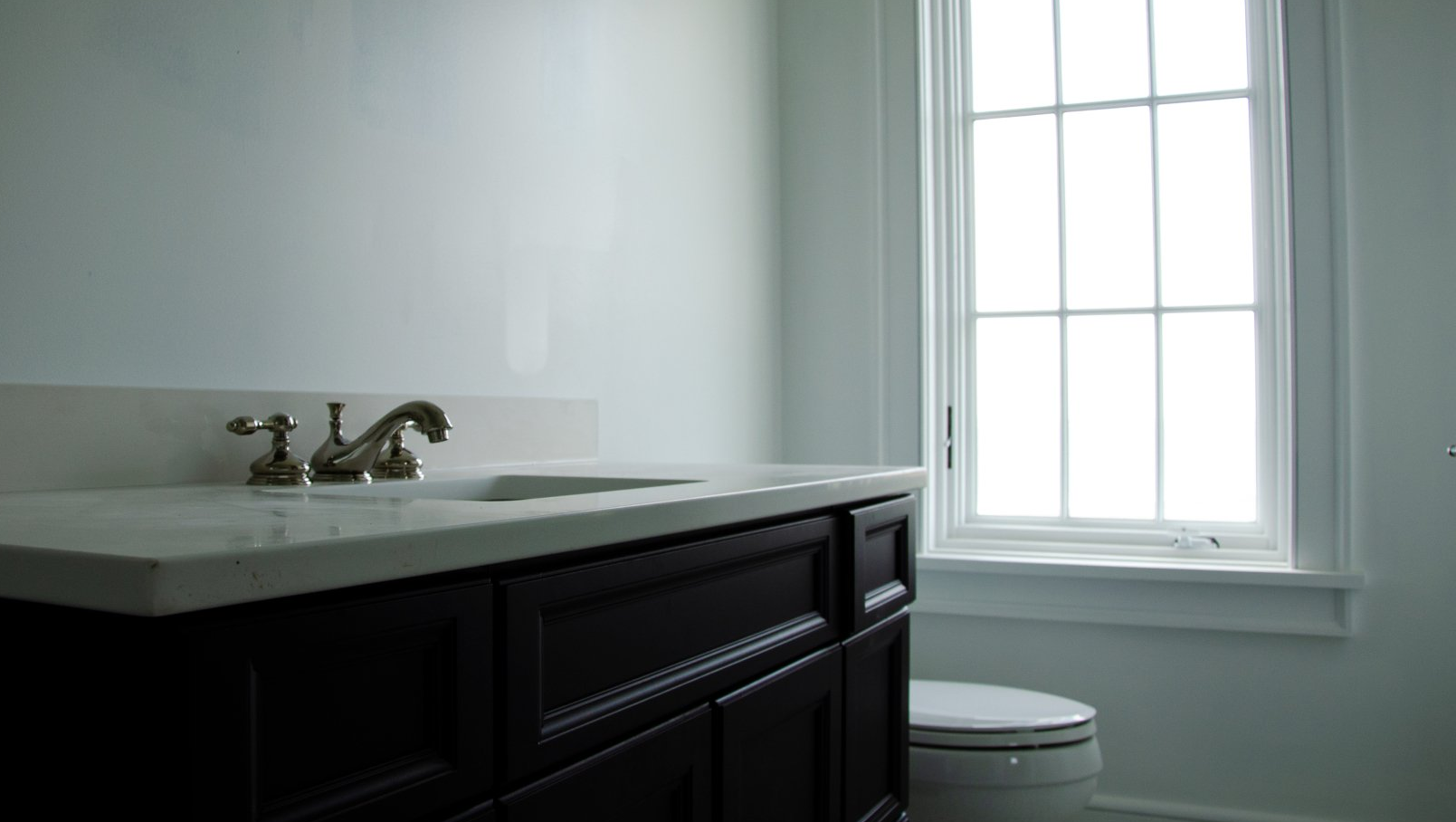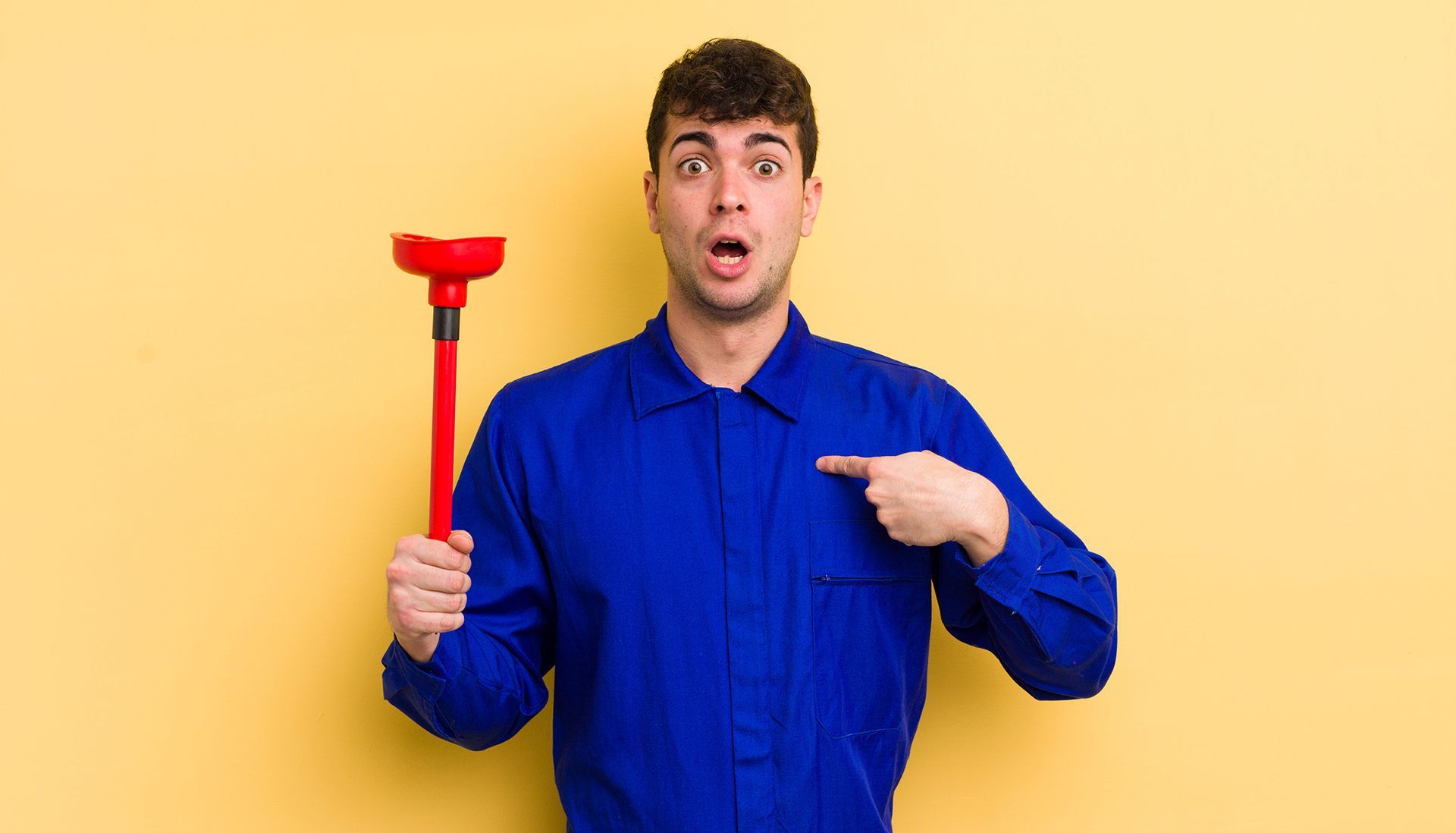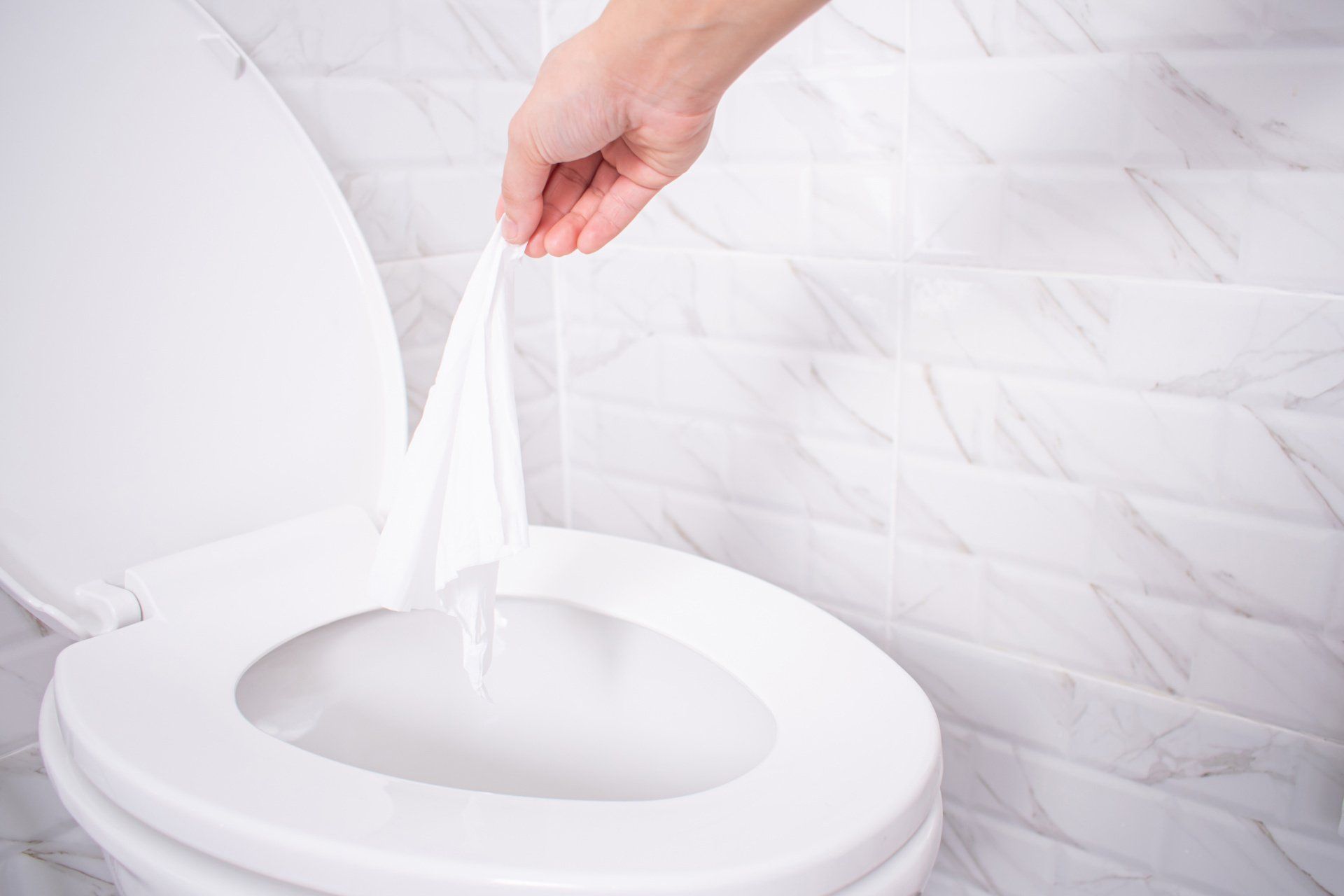Three Possible Ways To Stop Your Running Toilet

One of the most financially draining sounds you can hear as a homeowner is the continuous running of one of your toilets even after you haven’t used it. As we’ve previously discussed, running water over a long enough period of time can cost you hundreds- and potentially thousands- of your hard-earned dollars.
Luckily, not every case of a toilet running nonstop is going to require you to call for professional help. In some instances, you can actually fix the problem yourself. (Side note: if you can’t fix the issue yourself but would like to at least stop the water from running while you call for a plumber to limit the damage to your water bill, simply turn off the water power until a professional arrives.)
Here are three things you should try yourself before calling for a plumber to stop your toilet from running.
Check The Fill And Overflow Tubes
The overflow tube is often the source of toilets running non-stop. Pull the lid off the tank of your toilet and find the fill tube, which serves as a gateway between the fill valve and the overflow tube. Its main job is to provide more water to the toilet bowl in order to refill it after someone flushes the toilet. But if the fill tube has become displaced, and is no longer supplying water to the overflow tube, the next flush could be insufficient, and the water could keep running- this is the toilet’s attempt to fill the bowl up with water for the next flush.
Check Your Flapper Chain
The flapper chain connects the inside of the flush handle to the flapper itself, and it has to be just the right length or else problems could arise. If the flapper chain is longer than it should be, it could keep the toilet from flushing properly; if it isn’t long enough, the flapper will not fully shut, and the toilet could leak. Oftentimes, the length of a flapper chain is adjustable simply by adding or removing links to the chain. If the length of the flapper chain is indeed the source of the issue, adjust it so that the chain is mostly, though not completely, taut.
Replace The Flapper
If all else fails and you aren’t able to stop the flow of water from your toilet, there’s one more thing you could try before calling for a professional plumber. The flapper itself may be defective and need to be replaced. If this is indeed the case, you’re in luck- replacing a flapper is not too overbearing of a task for even novice DIY-ers. When you go to purchase a new flapper from the store, be sure to bring the defective one with you so that you can get the closest thing to an exact replica to replace the old one.
Have you noticed an issue with your plumbing system recently? Are you in need of professional help to fix it? No need to worry, Beverly Plumbing is here for you. Contact us today!
You might also like



